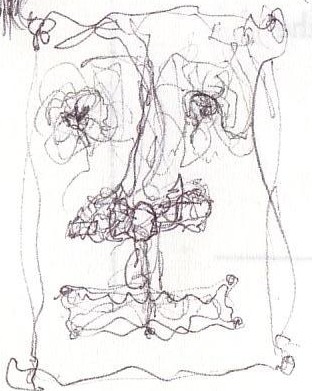Thursday, January 03, 2008
Following Not Leading
In recent memory, nothing could be done without the US. Today, however, practically all new international institution-building of any long-term importance in global diplomacy and trade occurs without American participation.
In 1998 Madeleine Albright, then US secretary of state, said of the U.S.: "We are the indispensable nation." By backfiring, the unilateralism of Mr Bush has proven her wrong. The US, it turns out, is a dispensable nation.
Europe, China, Russia, Latin America and other regions and nations are quietly taking measures whose effect if not sole purpose will be to cut America down to size.
Chafing
Now the Americans have clearly lost the thread.
Thursday, December 27, 2007
Equation can spot a failing neighbourhood
A way of predicting civil war
ET too bored by Earth transmissions to respond
Was Hari Seldon pulling our leg?
If we look at the stories themselves, we see them explained by the characters as consistent with psychohistory. But their explanations may not be correct. Consider the first Crisis: Hardin chases Anacreon off Terminus by appealing to Anacreon's three neighbors. This is, we're told, the only possible solution-- which it may well be. There is no discussion, however, of what might have gone wrong.
Tuesday, April 10, 2007
Rove Librarian
Wednesday, September 06, 2006
Kondratieff Cycles
Saturday, June 10, 2006
The Mathematical Structure of Terrorism
Tuesday, September 06, 2005
Dear Wormwood,
Love,
Screwtape
The First Casualty
Airport-borne Disease Model
Asabiya
Saturday, July 02, 2005
A Jamaican Speaks Out
But pass it on when you get old to the new crop of young writers - because there'll always be talented young writers - and they in turn will pass it on; and so on.
One day, when the time is right, it will start attracting more and more kindred spirits, more fellow-torch bearers; and this Dark Age won't last as long as it otherwise would.
New Dark Age
Saturday, May 14, 2005
Shifts in public opinion follow law of magnetism
To model the consequences of imitation [behavior], the researchers turned to the physics of magnets. An applied magnetic field will coerce the spins of atoms in a magnetic material to point in a certain direction. And often an atom's spin direction pushes the spins of neighbouring atoms to point in a similar direction. And even if an applied field changes direction slowly, the spins sometimes flip all together and quite abruptly. The physicists modified the model such that the atoms represented people and the direction of the spin indicated a person's behaviour, and used it to predict shifts in public opinion.
